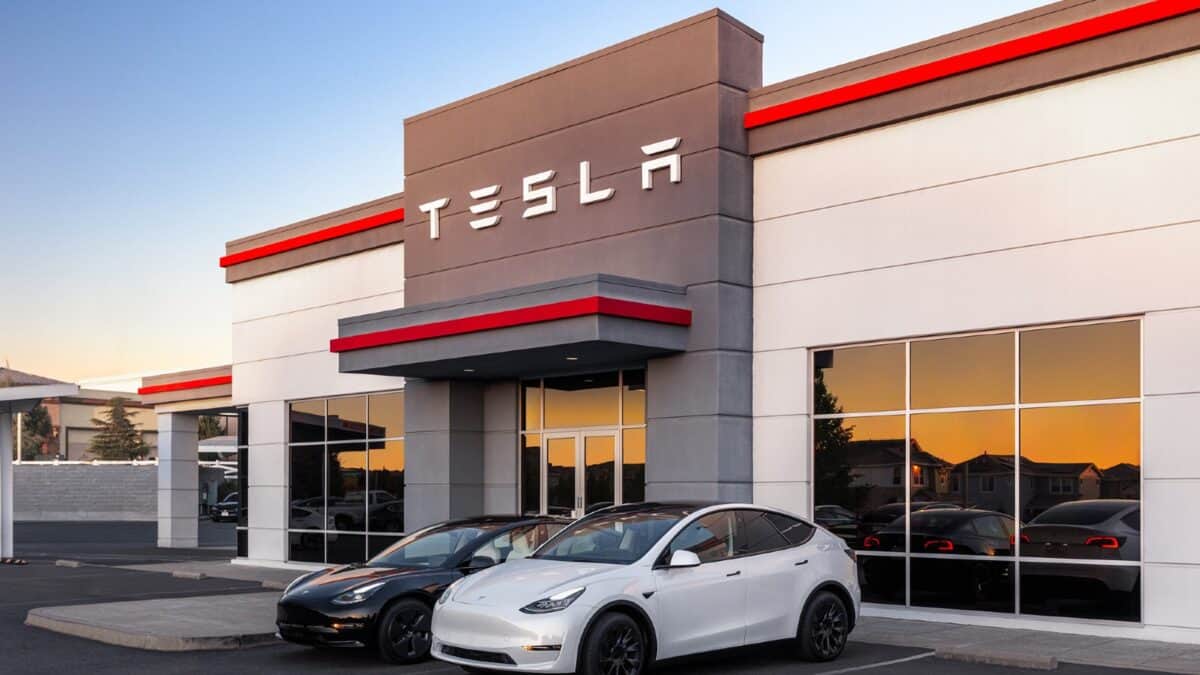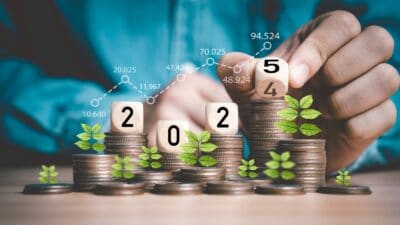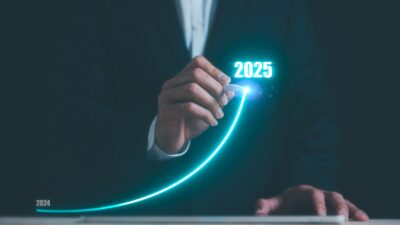The Tesla (NASDAQ:TSLA) share price has long been a subject of debate. However, more than ever, the stock’s valuation multiples now pose critical questions for investors. With a price-to-earnings (P/E) ratio and forward price-to-earnings-to-growth (PEG) ratios that are significantly higher than industry norms, the stock trades at stratospheric premiums compared to carmaking peers like BYD and Ford.
Even if these multiples halved overnight, Tesla would still command valuations dwarfing those of its competitors. This dissonance reflects a market pricing in moonshot bets on autonomous driving and robotics. These are bets that face mounting execution risks.
Valuation: a sector outlier
Tesla’s non-GAAP forward P/E of 99.8 times sits 578% above the sector median of 14.7 times, while its PEG ratio of five towers over the industry’s 1.3. Historically, these multiples look less extreme — Tesla’s five-year average P/E is 229.7 times — but that’s cold comfort when earnings growth is slowing. Deliveries fell 4% year on year in early 2025, while European data specifically is even more damning. Moreover, halve these earnings multiples, and the figures would still be significantly higher than industry norms, even in tech.
Should you invest £1,000 in Gsk right now?
When investing expert Mark Rogers has a stock tip, it can pay to listen. After all, the flagship Motley Fool Share Advisor newsletter he has run for nearly a decade has provided thousands of paying members with top stock recommendations from the UK and US markets. And right now, Mark thinks there are 6 standout stocks that investors should consider buying. Want to see if Gsk made the list?
What’s more, analysts are changing their tune. HSBC has warned of a further 50% drop to $130 a share due to “eroding brand strength” in Europe and China, as well as Model Y production hiccups. Even bullish analysts like Deutsche Bank have slashed targets (from $420 to $345), acknowledging weakened demand for core vehicles.
AI and robotics moonshots
Tesla’s premium hinges on new ventures, particularly Full Self-Driving (FSD) and the Optimus Bot. A robotaxi service launch in mid-2025 is in the works, but there hasn’t been too much to get excited about. That’s especially compared to peers like Waymo, which is already operational and has demonstrated reliability in commercial fleets. Meanwhile, FSD’s subscription model faces resistance in cost-sensitive markets, limiting its appeal in key regions like Asia.
Optimus’s commercial viability also remains unproven, with critics questioning its scalability beyond factory use. Nonetheless, Musk plans to build 5,000 Optimus robots this year, claiming it could eventually be Tesla’s most profitable product. These initiatives justify some premium for Tesla’s valuation, as they represent bold steps into transformative technologies. However, success is far from guaranteed. Investors will need patience as Tesla navigates these high-risk, high-reward opportunities.
Tariffs, politics, and ‘Musk risk’
External pressures compound Tesla’s challenges. Escalating US-China trade tensions could disrupt supply chains and inflate costs. Moreover, Musk’s polarising political alignment has apparently alienated environmentally conscious EU buyers for now. Europe’s 45% delivery plunge in January underscores vulnerability to protectionism/brand image issues. What’s more, there’s also concern among investors that Musk is preoccupied with DOGE (the Department of Government Efficiency) in the US. These factors suggest that Tesla’s valuation may be more fragile than it appears.
In short, Tesla embodies a paradox: a carmaker valued as a tech disruptor. While its robotics and AI bets could revolutionise margins, current multiples bake in near-flawless execution. Personally, I want to see Tesla as a competitive force in robotics and autonomous vehicles. However, for now I can’t put my money behind a stock that trades with a PEG ratio of five.








